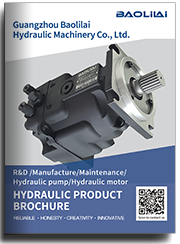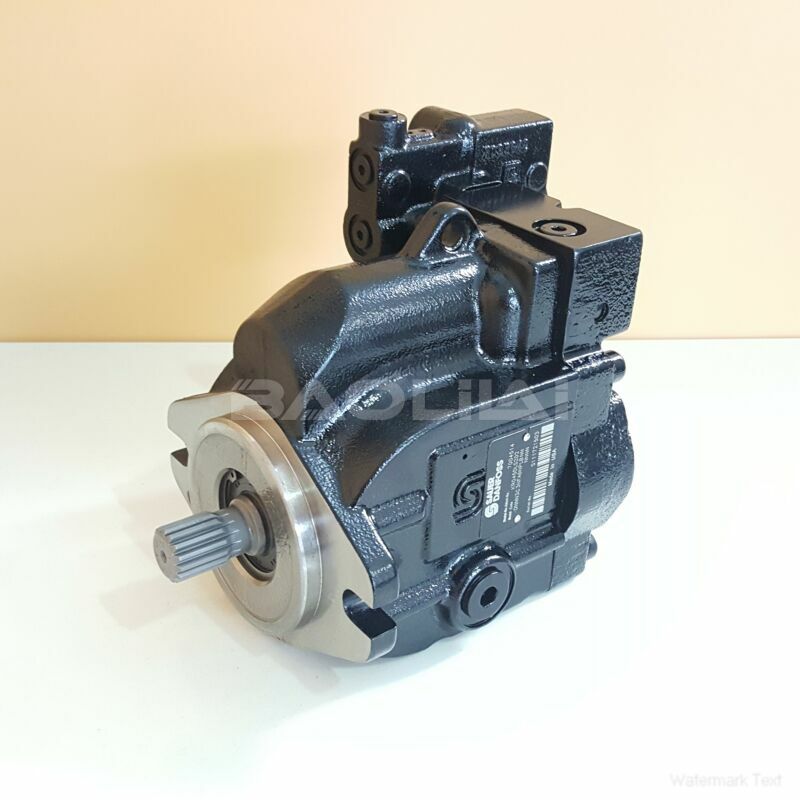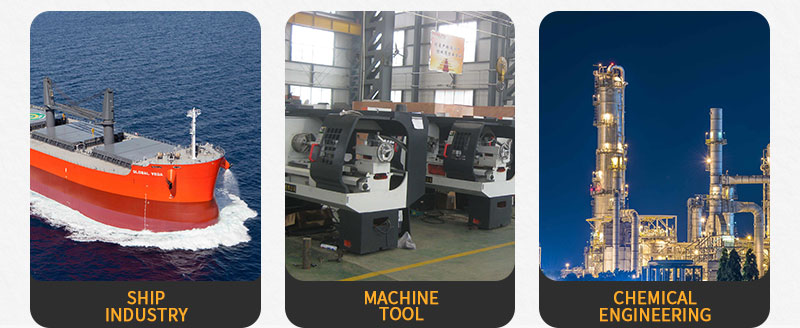KRR045DLS1820NNN3C2BGA6NPLBNNNNNN piston pump
KRR045DLS1820NNN3C2BGA6NPLBNNNNNN piston pump

- Product Details
- Applicable Scene
The integration of hydraulic systems in collaborative robots (cobots) is an innovative approach that enhances versatility, efficiency, and power in various applications. Designing hydraulic oil pumps specifically for cobots requires a deep understanding of both hydraulic mechanisms and the unique operational characteristics of collaborative robots. This article delves into the key considerations and challenges in the design process of hydraulic oil pumps suitable for cobots.
KR-R-045D-LS-18-20-NN-N-3-C2BG-A6N-PLB-NNN-NNN
KRR045DLS1820NNN3C2BGA6NPLBNNNNNN
One essential aspect of designing hydraulic oil pumps for cobots is considering the size and weight constraints of these robots. Cobots are typically designed to work alongside humans, meaning they must be lightweight and compact to allow safe and flexible interaction. Hydraulic systems, known for their power and force capabilities, can often add significant weight and bulk; thus, finding a balance between power output and size is crucial. Designers must focus on creating miniaturized hydraulic pumps that still deliver sufficient pressure and flow rates necessary for operational effectiveness.

7004161
Another vital factor is the energy efficiency of hydraulic pumps. As cobots often operate in environments where energy conservation is paramount, the hydraulic system must minimize energy losses while maximizing performance. Advanced designs that incorporate variable displacement pumps can adapt to the changing demands of the robot’s tasks, ensuring that energy is used efficiently. Implementing technologies such as proportional control valves can further enhance precision in the hydraulic system, allowing for finer adjustments in response to load changes or operational demands.
Noise reduction is also an important attribute to consider in the design of hydraulic oil pumps for collaborative robots. In many applications, including those in manufacturing and healthcare, a quieter operation is essential for comfort and safety. This requires innovative engineering to minimize vibration and sound emissions. Solutions might include using sound-dampening materials, optimizing pump geometry, and employing noise reduction technologies to ensure that the hydraulic system operates silently and smoothly.
Furthermore, the hydraulic oil pump design must emphasize safety features that protect both the cobot and its human collaborators. Safety sensors and automated shut-off features can prevent accidents in case of pressure overload or system failure. Additionally, implementing fail-safe designs that maintain operation integrity under duress is essential for maintaining a safe working environment.





